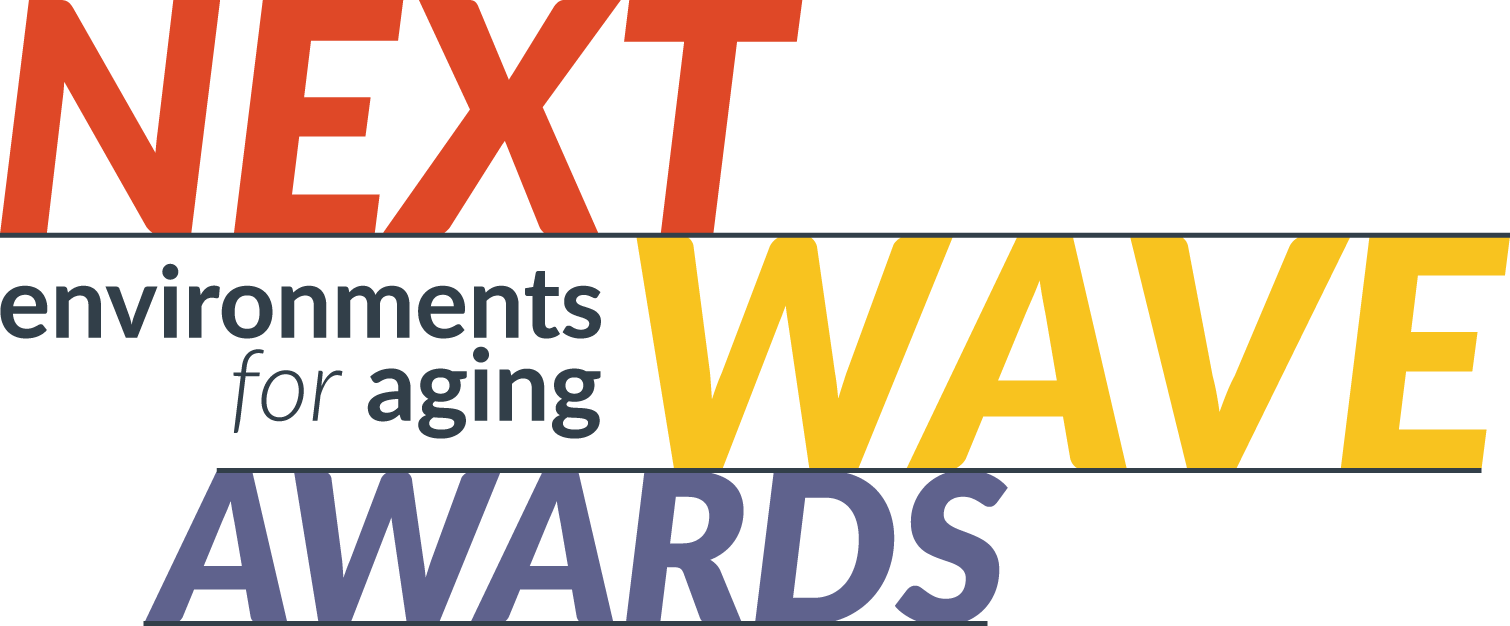The 2024 Environments for Aging Conference + Expo, held April 13-16 in Atlanta, will feature a variety of keynote and breakout sessions.
Environments for Aging is previewing some of the upcoming educational sessions in a series of Q+As with speakers, sharing what they plan to discuss and key takeaways they’ll offer attendees.
Session: “Revive and Thrive—Strategies for Renovating Occupied Spaces.”
Speakers: Shannon Remaley, principal, living practice leader, Meyer; Dawn Yeager, Erickson Living; Mark Kuberski, project manager, Meyer.
Senior living owners and operators continue to focus on renovating their existing communities and updating recent acquisitions to stay competitive within the marketplace.
The key to accomplishing these projects within an occupied senior living facility is to respect and engage the residents, while at the same time identifying areas of investment that will generate ROI.
This session will discuss the impact of incorporating increased amenity spaces for building occupants and how to design for flexibility with evolving programs and operations in mind. Using the renovation of Chatsworth at PGA National by Erickson Senior Living (Catonsville, Md.) as a case study, the speakers will explore the design process from programing to project completion, identify opportunities for innovation, and talk about the needs of today’s seniors and how to meet them.

Headshot credit: Meyer
Environments for Aging: How are residents’ expectations for amenity spaces changing?
Shannon Remaley: One major shift happening now is residents seeking personalized experiences tailored to their preferences. Spaces want to feel curated for residents, staff, and their families to create memories. The goal is creating environments that foster emotional connections to activities that are meaningful to residents while remaining flexible for other activities throughout the day.
Additionally, it’s important to have amenity spaces that support comprehensive wellness programs both indoors and outdoors. For example, younger generations entering senior living are highly focused on amenities that support their health and wellness. In higher-acuity environments, residents are often older and have more specific healthcare needs, so a focus on wellness is increasingly important for those generations, too.
How do you see senior living communities addressing these needs?
We see owners/operators prioritizing the need for investing in evaluating their communities, determining how to make spaces more purposeful and meaningful, and examining spaces that are underutilized or empty. Major renovations or additions are not always needed to bring a building back to life. Thoughtful programming and planning that supports the needs of operations and residents can achieve similar results.
Technology is another way communities are satisfying this expectation. It allows for curated experiences through options like virtual reality (VR). Digital games allow for flexibility and personal choice without taking up additional space.
There’s also an opportunity for senior living communities to partner with local organizations and businesses. For example, universities can allow residents to attend classes and interact with younger generations or fulfill personal learning goals.
What’s a focus that a senior living community can make that will have a return on investment while appealing to current or potential residents?
Dining spaces. Many of our own personal cultures and daily lives have a strong connection to food. Dining impacts all residents on a daily basis and plays a key role in community marketing efforts, so it tends to be a priority for current and prospective residents.
Having a variety of dining spaces creates destinations within a community, where each dining venue can have its own aesthetic and food choices to match.
What are the challenges to renovating an existing community to accommodate new amenities and programs?
Access to natural light, ceiling heights, and structural issues can be challenging. With regard to dining spaces, access to the commercial kitchen for food deliveries can also be difficult to navigate.
Change is not always easy, but communicating the exciting benefits of renovations with residents in advance is always helpful. For example, if construction is happening in one amenity space, we’ll work with clients to ensure there are temporary spaces for existing activities to continue to take place.
What are some steps that senior living communities can employ to help residents, families, and operators transition to changes during renovations?
We try to eliminate the unknowns as best as possible. Marketing materials help tell the design story to staff, residents, and families and show what renovated spaces will eventually look like.
Some clients have resident committees that we’ll meet with prior to a major renovation so that we can hear and understand residents’ concerns ahead of construction. When residents feel heard, it helps to overcome challenges that are inherent when construction takes place in an occupied building.
This also helps the design team to understand any elements within the existing community that might be sentimental to current residents and can help us incorporate those elements appropriately into the new design.
What’s one takeaway from your session that you hope attendees walk away with?
We’ll share creative phasing techniques that allow residents to continue to enjoy amenities while their community undergoes construction.
As we walk through the Chatsworth at PGA National in Palm Beach Gardens, Fla., attendees will see examples of ways we have incorporated market expectations into an existing senior living community while staying within the existing building outline and how we overcame several unique challenges, from structural issues to access to natural light and opportunities for underutilized spaces, all while working within budget constraints.
For more on the 2024 EFA Conference schedule and registration, visit environmentsforaging.com.








